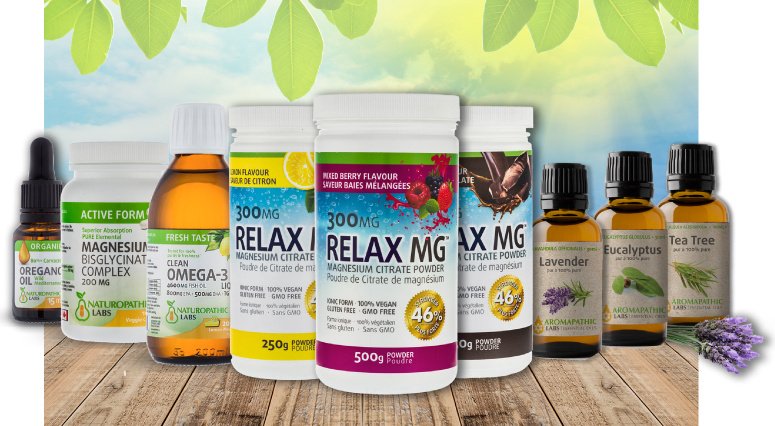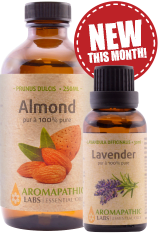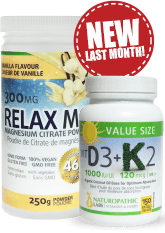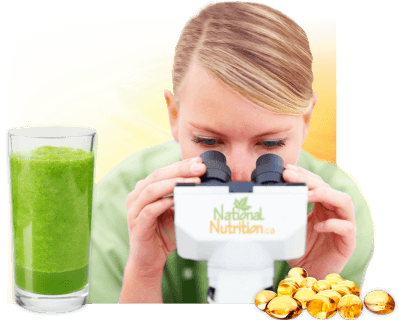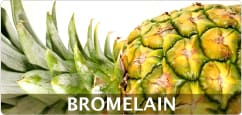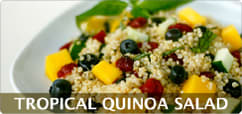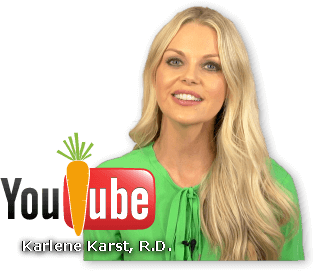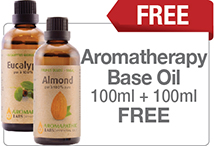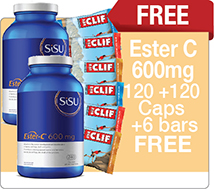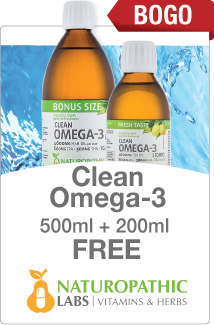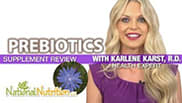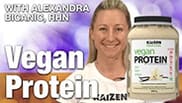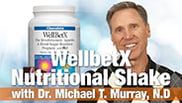Pediatric Health
Updated Oct. 13th, 2017
Breast Feeding and Food Introduction
There is now a fairly general consensus that breast is best. There are vital nutrients and antibodies in mother's help to support infants through their first months of life, while their sensitive digestive system develops.
Breast milk is easily digested and contains nutrients that contribute to healthy cognitive and immune function. There are antibodies in mother's milk to help protect infants against childhood illnesses, such as ear infection (The baby's sucking reflex is also said to help prevent future ear infections.). These antibodies serve to neutralize substances foreign to the body before they become an allergen. There are also anti inflammatory substances in breast milk that infants are not able to manufacture on the own right away.
How Long Should you Breast Feed?
It is recommended that women exclusively breastfeed for at least the first 6 months (some argue even 8-10 months) of their child's life.. At that point they can start to slowly and systematically introduce other foods into their child's lives. If you can, wait 3 days before introducing a new food each time, it helps to narrow down which foods your little one might be sensitive to. If you suspect your babe has reacted to a certain food, good indicators are diarrhea, rash or vomiting, discontinue it for a few months and then try again.
The Introduction of Foods
It is possible that the gastrointestinal system may just need to mature a little longer before it is able to process the particular food optimally. Avocado, sweet potato, banana and pear are great items to start with. From there you can start with cereals (try to introduce one grain at a time, as opposed to combination grains), other vegetables, fruits, and meats. Some parents are told to wait to introduce common allergens like strawberries, corn, citrus fruits, dairy, egg and fish, although there is no research to support that introducing these foods at the same time as others, increases the likelihood of allergy. The best thing you can do is just introduce these foods slowly and watch for reaction.
Alternatives to Breast Feeding
If the mother is unable to breast feed, for whatever reason, there are nutritionally balanced alternatives. Goats' milk diluted with water, almond milk and rice milk, all fortified with folic acid and other essential vitamins and minerals, can be substituted. Soy milk is not recommended due to its high allergenic potential and its phytoestrogenic capabilities. Talk to a lactation consultant who may be able to help to encourage natural lactation or design an alternative that supplies the optimal amount of nutrients
Diaper Rash
Diaper rash, or atopic dermatitis, is rarely limited to the diaper area and often occurs in moist areas like the folds of the skin (you know how most baby's have that cute Michelin Man body!) It is often red and inflamed and can get quite irritated and uncomfortable for the little ones. It is important to change your infant often, as prolonged exposure to wet or soiled diapers can certainly exacerbate the problem. If you are using cloth diapers, make sure to use a detergent free of dyes, perfumes and harsh chemicals.
Try Correcting Diaper Rash by:
If you are using a disposable, you might want to think about changing the brand, in case baby is sensitive to materials in the ones you are using. Also, try to let your babe go diaper free as much as possible throughout the day. Just be prepared for accidents. Dermatitis may also be a result of an allergy or sensitivity to foods that mom is eating while breastfeeding. Milk, soy, corn, what and eggs are common culprits. Try cutting out these food groups one a time and see if you notice a change.
What Causes Diaper Rash?
Diaper rash is commonly caused by a fungus, like yeast. If this is the case, an anti-candida diet may be necessary. Grapefruit seed extract is a gentle and effective antibacterial/anti fungal that in liquid form can be diluted and given internally, as well as used externally directly on the 'rash'. If you are using it externally, dilute it in a carrier oil like coconut oil, which has antibacterial/anti fungal properties of its own and is a great moisturizer. The same goes for tea tree oil essential oils, which should only be applied topically and need to be diluted in a carrier oil. Probiotics, if taken while pregnant and during breastfeeding, as well as given directly to the infant (place 1/8 of a tsp. directly on the breast before feeding) has been shown to prevent dermatitis..
Colic
Colic is a term used to describe spasmodic pains in the abdomen seen in infants. Gas and other digestive irritability is common. The discomfort leads to irritability and crying, which is not relieved by typical methods (changing, feeding, holding, etc.). Colic is both painful for baby and frustrating for parents, who want their baby to be happy and can become overwhelmed when unable to 'fix' the problem. Infants usually grow out of colic by about 3 months. There are a number of theories as to why colic occurs. Some believe it is due to a high alkaline or high sodium internal environment. Overfeeding, and once again, allergy to foods that mom is eating have also been suggested causes. It is believed that a red ring of inflammation on the baby's skin at the anal opening is a sign of food sensitivity. Some breastfeeding moms also need to be careful with foods like garlic, onions, cabbage and beans. If the foods are likely to cause gas in mom, they will inevitably cause gas in baby.
Grippe water is all natural home remedy (can buy it pre made at the drug store, as well) that has been used for ages to effectively treat colic, flatulence or general GI upset. It can be made by combining sodium bicarbonate (baking soda), ginger, dill, fennel, chamomile or apple cider (or a mixture of these products - about 1 tsp) to 1 cup of water. It can be administered orally with a dropper.
Teething
Teething can start as early as 2-3 months of age. Swelling gums, excessive biting or sucking, and drooling are some common symptoms of teething. Using a clean finger to massage the gums, giving your babe a wet, cold washcloth (try soaking it in diluted chamomile tea) or cold teether to chew on can help to soothe discomfort. There are also a number of homeopathic remedies that are safe and effective for decrease pain from new teeth.

